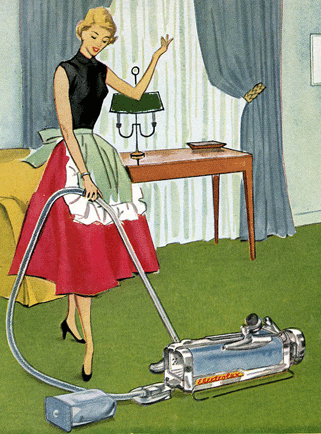|
Thread Number: 44152
/ Tag: Pre-1950 Vacuum Cleaners
Eureka Production Overview |
[Down to Last] |  |
| Post# 459808 , Reply# 1 1/27/2023 at 17:39 (452 days old) by Hoover300 (Kentucky) | ||

Very nice!! Do you have photos of the old Eureka factory?
A couple of things, it seems that Eureka only made one model at a time in the early years, and only for a year or two typically. I.e. the model 4 was 1914-15. Eureka also made flare guns for WWII, those can be found in a few online war memorabilia sites. | ||
| Post# 460027 , Reply# 5 2/3/2023 at 14:33 (445 days old) by rugsucker (Elizabethton TN) | ||
|
Eureka! | ||
| Post# 460056 , Reply# 6 2/4/2023 at 18:27 (444 days old) by eurekaprince (Montreal, Canada) | ||
 | ||
| Post# 460057 , Reply# 7 2/4/2023 at 18:28 (444 days old) by eurekaprince (Montreal, Canada) | ||
 | ||
| Post# 460157 , Reply# 9 2/8/2023 at 13:35 (440 days old) by Paul (USA) | ||
|
an artist's rendition of an early Eureka factory possibly from a postcard (no information was provided):
View Full Size
| ||

 Comes to the Rescue!
Comes to the Rescue!